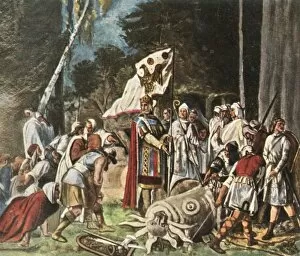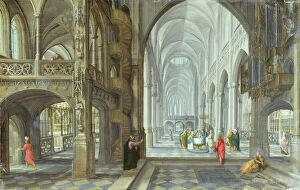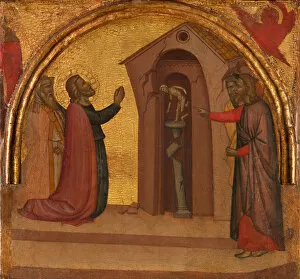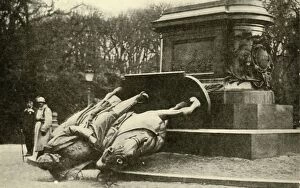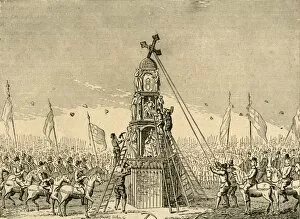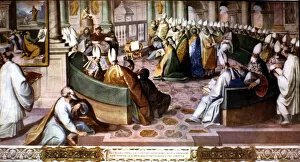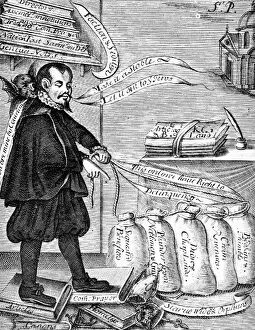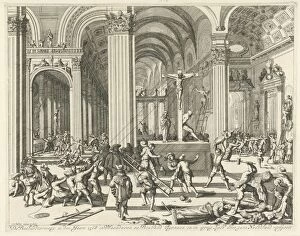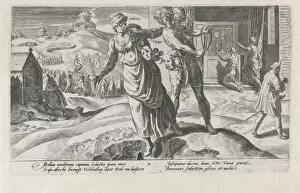Iconoclasm Collection
Iconoclasm, the deliberate destruction of religious images and symbols, has been a recurring theme throughout history
All Professionally Made to Order for Quick Shipping
Iconoclasm, the deliberate destruction of religious images and symbols, has been a recurring theme throughout history. From ancient times to more recent events, these acts have often been fueled by religious or political motivations. In 1936, an unknown creator depicted Charlemagne destroying a pagan idol. This act symbolized the triumph of Christianity over paganism and showcased the power dynamics at play during that era. Centuries later, in 1642, England experienced its own wave as the Earl of Stafford was beheaded on Tower Hill. Sir Francis Windebank, Sir John Finch, and Lord Digby fled the country to escape persecution for their beliefs. The etching capturing this moment serves as a reminder of how deeply entrenched religion was in politics during this time. The year 727 saw a revolt in Ravenna over iconoclasm. An engraving from that period showcases the intensity with which people fought against religious imagery they deemed offensive or heretical. Moving forward to the 17th century in Norfolk, Puritan iconoclasts were captured burning a crucifix taken from a church on their way to Norwich. This engraving highlights both their fervent opposition to Catholic practices and their determination to cleanse society from what they considered idolatry. Basle also witnessed its fair share of iconoclastic acts as illustrated by an image depicting The Iconoclasts burning images and idols. This event demonstrates how different regions were affected by waves throughout history. Not limited to Europe alone, New York patriots took matters into their own hands on July 9th, 1776 when they pulled down the statue of George III at Bowling Green. This act marked not only rebellion against British rule but also symbolized rejection towards monarchical authority itself. In another instance closer to home for Englanders themselves; Cheapside Cross was destroyed along with burning copies of The Book of Sports.



